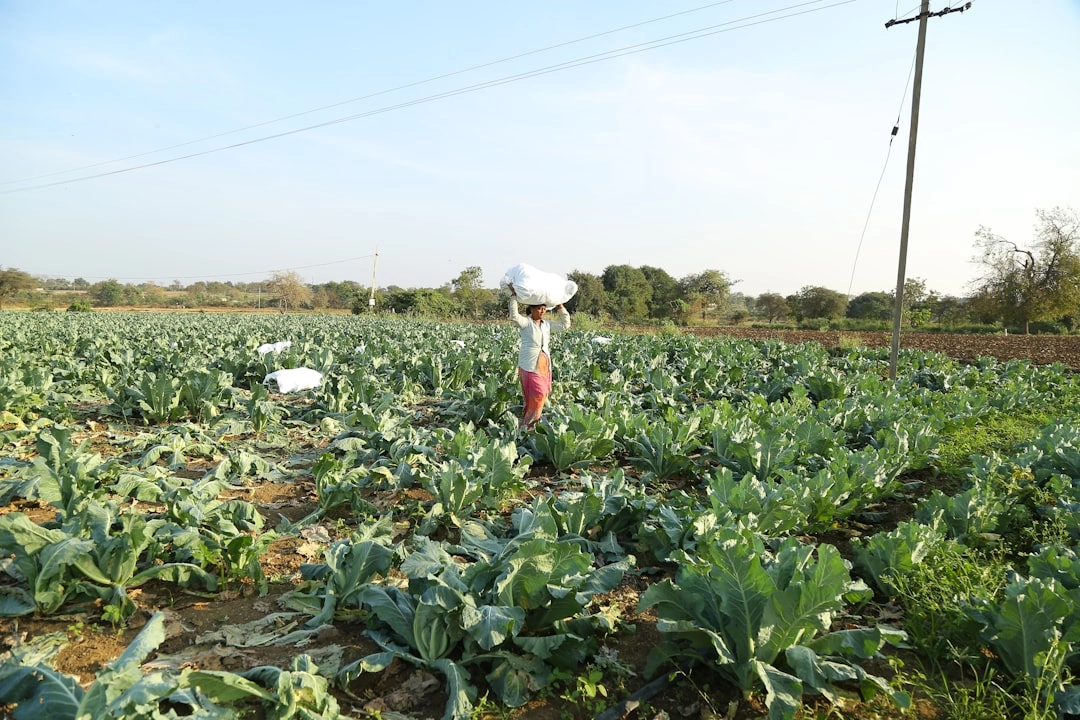
What it is:
Biodynamic farming is an organic agricultural approach that emphasizes a holistic, ecological, and ethical farming system. Originating from the teachings of Rudolf Steiner in the early 20th century, this method considers the farm as a self-sustaining ecosystem. It incorporates various practices such as crop rotation, composting, and the use of biodynamic preparations—natural substances made from herbs, minerals, and animal manures aimed at enhancing soil health and biological diversity.
Core Principles of Biodynamic Farming
Some key principles of biodynamic farming include:
- Soil Health: Prioritizing soil fertility through composting and crop rotation.
- Cosmic Rhythms: Aligning farming practices with natural rhythms, such as lunar cycles.
- Closed-Circuit System: Minimizing external inputs and maximizing internal resources.
Real-World Problems
Despite its holistic benefits, biodynamic farming faces several challenges that can hinder its widespread adoption:
1. Limited Market Access
Farmers practicing biodynamic methods often struggle to access larger markets due to certification requirements and consumer awareness. While organic products have gained traction, biodynamic labeling is still less recognized, making it difficult for farmers to sell their produce at competitive prices.
2. Knowledge and Training Requirements
Biodynamic farming requires a deep understanding of ecological principles and farming techniques. Many new farmers may find the learning curve steep, and a lack of training resources can limit access to this knowledge.
3. Higher Initial Investment
Transitioning to biodynamic practices typically demands more upfront investment in terms of time and resources, particularly for those unaccustomed to organic farming. This can be a significant barrier for smallholders and those operating on tight budgets.
4. Climate Change Impact
Like all agricultural systems, biodynamic farming is not immune to the effects of climate change. Changes in weather patterns can disrupt crop cycles and yield stability, challenging the resilience of biodynamic systems.
5. Regulatory Challenges
Navigating the various regulatory frameworks for organic and biodynamic farming can be complex. Farmers must comply with both local and international standards, which can vary and impact their ability to farm sustainably.
6. Community Acceptance
In some areas, biodynamic practices may face skepticism or opposition from conventional farmers or consumers who do not understand or trust alternative agriculture methods. Building community support is crucial for fostering a conducive environment.

Solutions to Challenges in Biodynamic Farming
To address the real-world problems associated with biodynamic farming, several solutions can be implemented to enhance its viability and acceptance. Here are some effective strategies:
1. Educating Consumers
Raising consumer awareness about the benefits and principles of biodynamic farming is essential. Education campaigns can help inform the public about the positive environmental impact and health benefits of biodynamic products, which may encourage increased demand and market access.
2. Training Programs and Workshops
Establishing accessible training programs and workshops can empower new and existing farmers to adopt biodynamic practices. Collaboration with agricultural colleges and NGOs can facilitate knowledge sharing and provide practical skills needed for successful biodynamic farming.
3. Financial Support and Resources
Offering financial assistance, subsidies, or grants can help alleviate the initial investment burden for farmers transitioning to biodynamic practices. Government and private sector support can play a critical role in fostering a sustainable agricultural transition.
4. Climate Resilience Strategies
Developing climate resilience strategies can help biodynamic farmers cope with the unpredictable effects of climate change. Techniques such as diversifying crops and implementing water conservation practices can increase farm resilience and sustainability.
5. Streamlining Regulatory Processes
Advocating for streamlined regulatory processes can help farmers navigate the complexities of certification and compliance. Simplifying these procedures and reducing bureaucratic hurdles can encourage more farmers to transition to biodynamic methods.
6. Community Building and Support
Creating a supportive community among biodynamic farmers can foster collaboration and exchange of best practices. Facilitation of local networks and partnerships can build trust and showcase the benefits of biodynamic farming, dispelling skepticism in the broader agricultural community.















